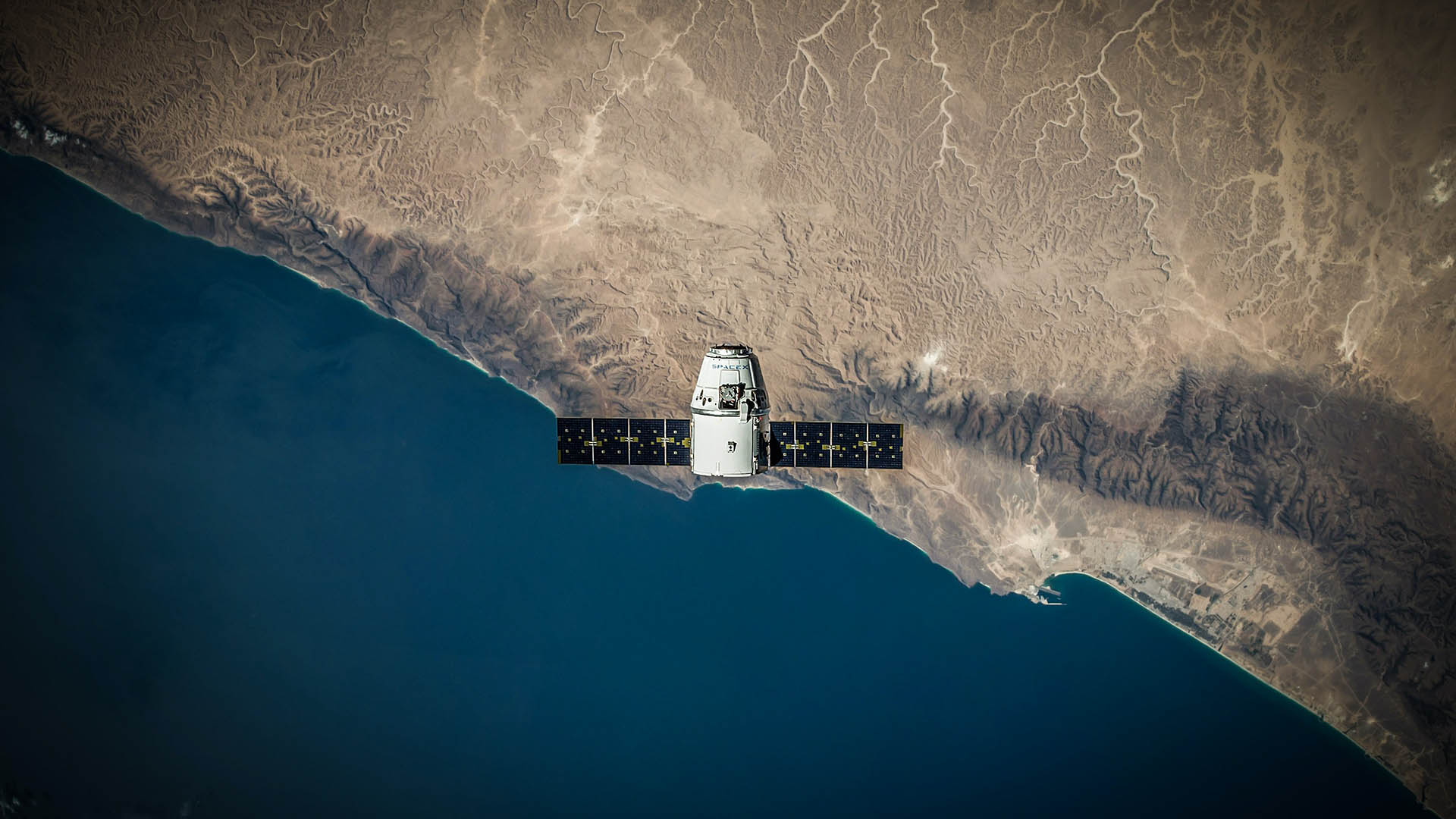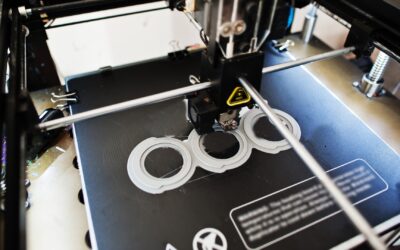MIT scientists have created the first completely digitally manufactured plasma sensors for orbiting spacecraft. These plasma sensors, also known as retarding potential analyzers (RPAs), are used by satellites to determine the chemical composition and ion energy distribution of the atmosphere.
The 3D-printed and laser-cut hardware performed as well as state-of-the-art semiconductor plasma sensors that are manufactured in a cleanroom, which makes them expensive and requires weeks of intricate fabrication. By contrast, the 3D-printed sensors can be produced for tens of dollars in a matter of days.
Due to their low cost and speedy production, the sensors are ideal for CubeSats. These inexpensive, low-power, and lightweight satellites are often used for communication and environmental monitoring in Earth’s upper atmosphere.
William Crane, CEO of IndustryStar, an Ann Arbor, Michigan-based on-demand supply chain services and software technology company that partners with mobility leaders to reduce the cost, time and risk of bringing new vehicles, modules and components to market. William is a trusted advisor in supply chain with demonstrated results starting, launching and enhancing procurement, logistics, supplier quality and manufacturing organizations. His work has appeared frequently in the Institute for Supply Management, Sourcing Industry Group, Disruptor.com and Modern Material Handling. William’s passion for bringing technologies to market that have a positive impact on the world can be found via his blog Supply Chain for Tomorrow’s Technology. William is also Host of the Supply Chain Innovation podcast where he interviews top change-makers to uncover strategies, tips, and tools for improving new product launches.




